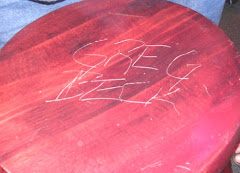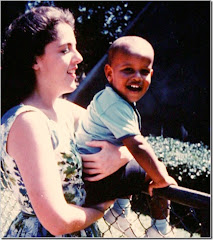Extremely Long Baseline Interferometery Great Observatory
ANCHORAGE, Alaska — A pair of space telescopes that were donated to NASA from the secretive National Reconnaissance Office could be repurposed for a wide variety of science missions, NASA officials say, but it will likely be years before the agency's budget can accommodate them.
The two telescopes have main mirrors that measure nearly 8 feet wide, making them comparable to the veteran Hubble Space Telescope, which was launched into orbit 22 years ago. Grunsfeld called the donated optical hardware "very high quality."
One possible application for the telescopes is as a base for NASA's Wide Field Infrared Survey Telescope (WFIRST), which is being designed to hunt for dark energy.
This mission was identified as a top science priority in the astrophysics Decadal Survey, a report put out every 10 years by an independent review panel that represents the entire scientific community.
The report identifies the main goals NASA should pursue for the next decade.
The Decadal Survey identified WFIRST as a key priority after the next generation James Webb Space Telescope, an $8.8 billion telescope that will use its infrared eyes to peer back into the universe's 13.7 billion-year history. The James Web Space Telescope is expected to launch in 2018.
I think I can help NASA figure out what to do with these gifts.
I propose pimping each of them out with the same Integrated Science Instrument Module (ISIM) as the soon-to-be-launched James Webb Space Telescope, but adding an Allen Telescope Array dish to each.
Then you put one of them at the L2 Lagrange Point and the other at L3.
It would be like sending a Cassini Probe and Curiosity Rover to every planet we find. We should totally do this.

































1 comment:
Correction: That should be L1 not L3. L3 would keep the sun between us and the scope making it impossible to communicate with unless we also put a relay satellite in a polar orbit around the sun.
Which would be expensive and stupid.
OK, maybe I shouldn't be in charge of NASA. But this is still a good mission.
Post a Comment